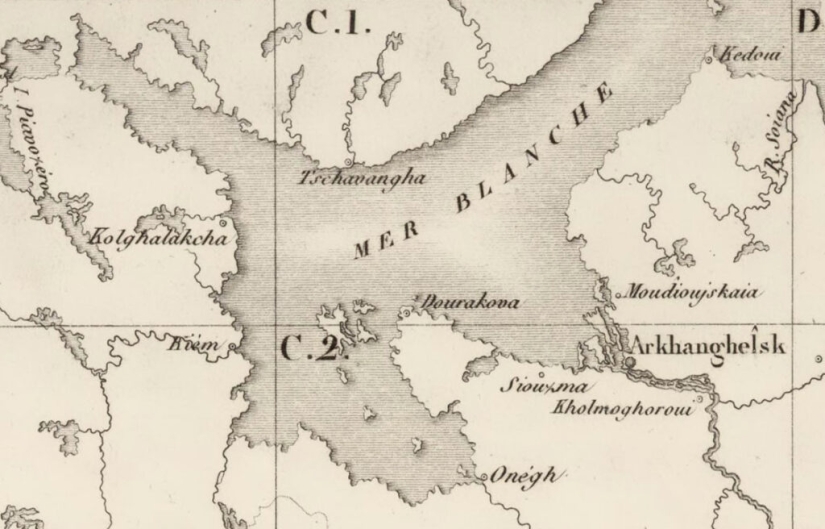Where is the "Kemska volost" about which the Swedish ambassador in the Soviet comedy speaks
Categories: History
By Pictolic https://pictolic.com/article/where-is-the-kemska-volost-about-which-the-swedish-ambassador-in-the-soviet-comedy-speaks.htmlLeonid Gaidai's comedy "Ivan Vasilyevich changes his profession" has been supplying us with catch phrases for half a century. But not all the moments from the film are clear to the modern viewer. One of such fragments can be considered the communication of the impostor tsar and the Swedish ambassador. The overseas diplomat insistently demands to give his country the "Kemsk volost" and almost achieves what he wants. What kind of parish is this and why did the Swedes need it so much?

To begin with, the meeting of Ivan the Terrible with the Swedish ambassador shown in the film could not take place in reality. The comedy shows the year 1571, as evidenced by the presence of Queen Marfa Vasilyevna. Ivan IV's third wife, Marfa Sobakina, was the monarch's wife for only 15 days, after which she died suddenly.

This year the war between Muscovy and Sweden was in full swing. Then there were no conventions signed and each side did with the ambassadors and prisoners as it pleased. In 1571, the Swedes seized the royal ambassadors and threw them into prison. Therefore, most likely, the ambassador of an enemy power would have expected a similar fate.
Another inconsistency lies in the behavior of the ambassador. In the 16th century, he would not have dared to speak to the tsar in such a tone. The insolent man would have been immediately captured and executed without talking. Therefore, the audience with the monarch was completely invented by M. A. Bulgakov, according to whose play "Ivan Vasilyevich" the film Gaidai was shot. By the way, in the original, the parish offers to give Kemsk not the governor Bunsha disguised as the tsar, but Georges Miloslavsky.
The territory mentioned in the film existed not only during the time of Ivan the Terrible. There is it now, only it is called the Kemsky district. This place is located in Karelia, near the White Sea, across the strait from the Solovetsky Islands. The administrative center of the district is the city of Kem.

Karelia was once located at the very borders of the Kingdom of Sweden and was a disputed territory. Restless neighbors have made repeated attempts to annex these lands, peacefully or with the use of the army. Just in 1571, Swedish ships came very close to Kemi. But the enemy did not dare to take over the land by force at that time.
But in 1579, the Swedes captured part of the Kemskaya volost, killing the local squad, with which the voivode Ozerov also died. But a year later, the governor Cyprian Anichkov successfully recaptured these lands from the invaders and returned them to the rule of the Moscow tsar. Since 1580, the Swedes have tried many times to regain what they lost, but without success.
In 1591, a fortress was built at the mouth of the Kem River in front of the city, reliably protecting it from attacks from the sea. Additionally, the nearby Solovetsky Monastery was also strengthened. It was to the monastic monastery that this land was handed over to the beginning. But what attracted the Swedes so much?

The Solovetsky Islands and Kem in the 16th century were one of the main suppliers of salt to the Muscovite Kingdom. At that time, it was a valuable resource that no State would give up. In addition, the coast of the parish and the Solovetsky Islands were famous for their fishing of sea animals. Fat that is in The Middle Ages were used for lighting lamps, from here they were transported not only to Muscovy, but also for export to other countries.
A big role was played by Kem and as a trading port. In a word, having taken possession of this territory and gained a foothold on it, the Swedes would have paralyzed both trade and marine fishing.
Recent articles

Professional poker players are undoubtedly gambling people. Even being away from the poker tables, they can't resist playing and ...

The tragic story of the wreck of the Titanic, which collided with an iceberg and sank more than a hundred years ago, has become the ...

Kevin Mitnick is a name that became legendary in the world of information technology back in the last century. In the 1990s, he was ...